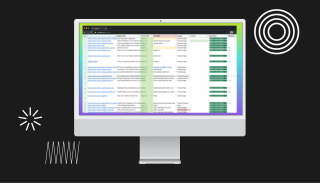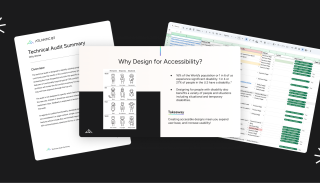Why Do We Even Have Conflict?
Storytelling 101: conflict is essential to a good story. There’s a protagonist, she wants something, but something else gets in the way. That, in a nutshell, is conflict.
The trouble is, many people who ask writers for marketing stories don’t like conflict. It’s uncomfortable. You take a person, organization, or business that we all like, identify with, and want to succeed. Then you tell me that bad, unpleasant things happened, causing this person, organization, or business to suffer. In marketing narratives, we call these pain points—those specific vulnerabilities and setbacks which a business had to overcome if they wanted to survive.
So if conflict and pain points are uncomfortable and negative, why not minimize or even do away with them? It’s easier than you think. For example, here are the stories of some of last year’s Oscar winners with conflict removed:
- THE BIG SHORT

- MAD MAX: FURY ROAD

- THE REVENANT

(via drafthouse.com)
Why Stories Need Conflict
If you went and saw a movie like these three, you’d want your money back. Why? Because these stories aren’t compelling. No one wants to watch a hero at the height of his powers win an easy victory. Instead, we’re drawn to vulnerability, struggle, and hardship—there’s something cinematic and powerful in that moment when the protagonist of a story is truly at a loss, and we the viewers aren’t sure he’s going to make it.
Why? Because we all know what it’s like to struggle. There’s a basic, human connection in seeing likable characters at their lowest point, and a raw, uncompromised joy at seeing them turn it around and—against all odds—win.
And the same principle applies in case study stories. Ironically, qualities that make a company more admirable in real life—like expert management, profitability, or efficiency—can quickly make an audience disregard their stories. It’s not that we hate winners; it’s that dominant companies who never struggle make for boring reading.
In an age of social media chest-beating and self-congratulating advertisements, honest vulnerability is powerful. We the audience are suddenly trusted with intimate details, let into the inside story of what was at stake. And unlike the movies, this story is REAL. When we read about a real company who faced real hardship at risk of losing everything, we lean forward and think: “This can’t be how it ends. How are they going to turn things around?”
How to Avoid Excessive Suffering
A classic critique here is “But isn’t this kind of story too negative?” It CAN be, if the story ends before the company overcomes its challenges. After all, a story that introduces conflict and then forces us to watch while the conflict crushes the protagonist into submission is an even worse story than the boring victory described above. However, telling the story of how a company prevails over its challenges with the help of better technology and management IS a story worth telling—it’s the classic “Come From Behind” victory rather than “Starting Behind and Staying Behind” tragedy.
This is when vulnerability and being honest is critical, because this is when we move past vague, generic negativity and into a specific, tangible place of truth. The entire world might not get better, but this one person/company could and did (and if they can, then maybe everyone who watches this has a shot.).
Now that your audience is leaning forward and attached to your story, just tell them how you helped this company win. And keep the victory personal—numbers and improvement stats are vital to a winning story, but including a short anecdote about when it all came together will make your narrative even more memorable. If this echoes the original “I don’t know if they’re going to make it” moment, all the better.
Pain points are part of life, and your audience knows it. But with a real, vulnerable narrative, pain points can be what make your story powerful, effective, and well-worth sharing.









